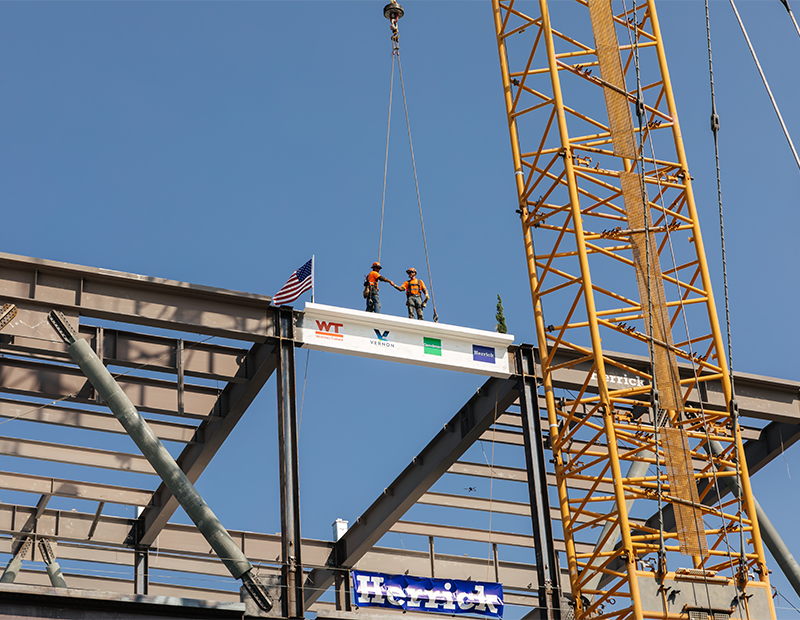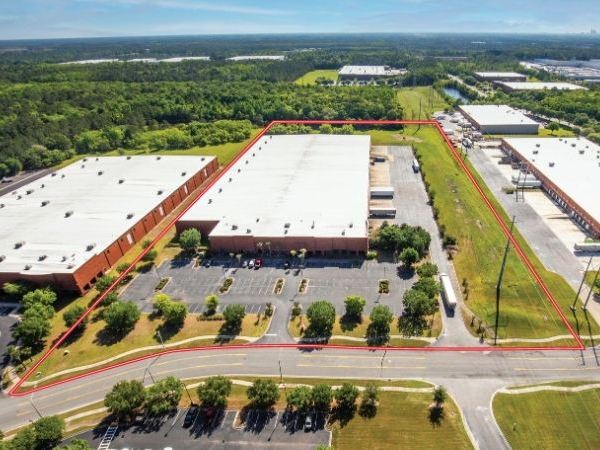#CREStrong
Over the past few weeks, we’ve been tossed unceremoniously into an unprecedented time of massive upheaval.
Over the past few weeks, we’ve been tossed unceremoniously into an unprecedented time of massive upheaval. I’m especially feeling it in the New York City area, currently termed “ground zero.” Of course, a few other cities are in a similar situation, and more can expect it soon.
It’s raised a lot of questions, with few—if any—clear answers. But this is a resilient industry, which has survived recent downturns through a combination of adaptability, creativity and forethought. This one represents a whole new ballgame, with a promise of extending into extra innings. Bring on the adaptability, creativity and forethought!
Each sector has its own challenges, some tougher than others. Retail was already undergoing significant change, with some segments seeing tremendous fallout as new competitors entered their space, while property owners reoriented their tenant bases to meet changing consumer demand. Now, open retailers are limited to those selling “essentials”—for the most part, the old recession standby, the food and drug segment, as well as restaurants for takeout and online retailers. Despite layoffs, many will be unable to meet their rent obligations. Hotels, meanwhile, have shifted from a rapid expansion mode to being suddenly empty, wracked by layoffs and impending property closures.
The office and multifamily sectors are in better shape but likewise face the challenge of tenant limitations impacting mortgage and other obligations. Office buildings have been fairly well occupied, with employment rising to record levels as recently as a month ago. While most offices now sit empty and some occupants have had to downsize, others continue to operate remotely. A likely result will be variation in tenants’ ability to pay their rent. And apartment owners now find themselves offering shelter to a residency that so recently was providing slowing but still solid rent growth and now in many cases cannot pay rent at all—yet mortgages and other expenses persist.
Self storage, interestingly, has benefited from a certain percentage of young people moving back into their parents’ homes from apartments or college campuses, while online retailers are demanding more warehouse space to meet a suddenly expanded need.
Back to adaptability, creativity and forethought. The forethought that got the commercial real estate industry through the last recession included close attention to demand so that supply stayed in alignment. It also entailed more restrained loan-to-value ratios and thus debt levels. In the recent upcycle, construction for most sectors remained reasonably paced and tracked to local employment growth. And while capital has been plentiful, it has largely been disciplined.
That, coupled with the many creative ideas that have resulted in new forms of financing, property design and operational practices, has taken the commercial real estate industry far. We are in extenuating circumstances, and more challenges will arise. Creative thinking will result in new solutions that can help the industry reach a point where it can thrive again.









You must be logged in to post a comment.